- Services
- Car Oil Change
- Car Suspension Repair
- Car Body Repair
- Car Electrical Repair & Check
- Car Sensor Repair
- Car Computer Programming
- Car Immobilizer Repair
- Car Alternator Repair
- Car Central Locking System Repair
- Car Starter Repair
- Car Battery Cable Replacement
- Car Electric Seat Repair
- Car Trunk Lock Repair
- Car Back Light Repair
- Car Light Repair
- Car Ignition Repair
- Car Battery Replacement
- Car Window Switch Repair
- Car Fuse Repair
- Car Check Engine Light
- Car Fuel System Repair
- Car Power Steering Repair
- Car Cooling System Repair
- Car Transmission Repair
- Car Brakes Repair
- Car Tyre Service
- Car Painting Service
- Car Engine Repair & Maintenance
- Brands
- Prices
- About Us
- Contact Us
- Services
- Car Oil Change
- Car Suspension Repair
- Car Body Repair
- Car Electrical Repair & Check
- Car Sensor Repair
- Car Computer Programming
- Car Immobilizer Repair
- Car Alternator Repair
- Car Central Locking System Repair
- Car Starter Repair
- Car Battery Cable Replacement
- Car Electric Seat Repair
- Car Trunk Lock Repair
- Car Back Light Repair
- Car Light Repair
- Car Ignition Repair
- Car Battery Replacement
- Car Window Switch Repair
- Car Fuse Repair
- Car Check Engine Light
- Car Fuel System Repair
- Car Power Steering Repair
- Car Cooling System Repair
- Car Transmission Repair
- Car Brakes Repair
- Car Tyre Service
- Car Painting Service
- Car Engine Repair & Maintenance
- Brands
- Prices
- About Us
- Contact Us
Car Hand Brake Repair in Dubai
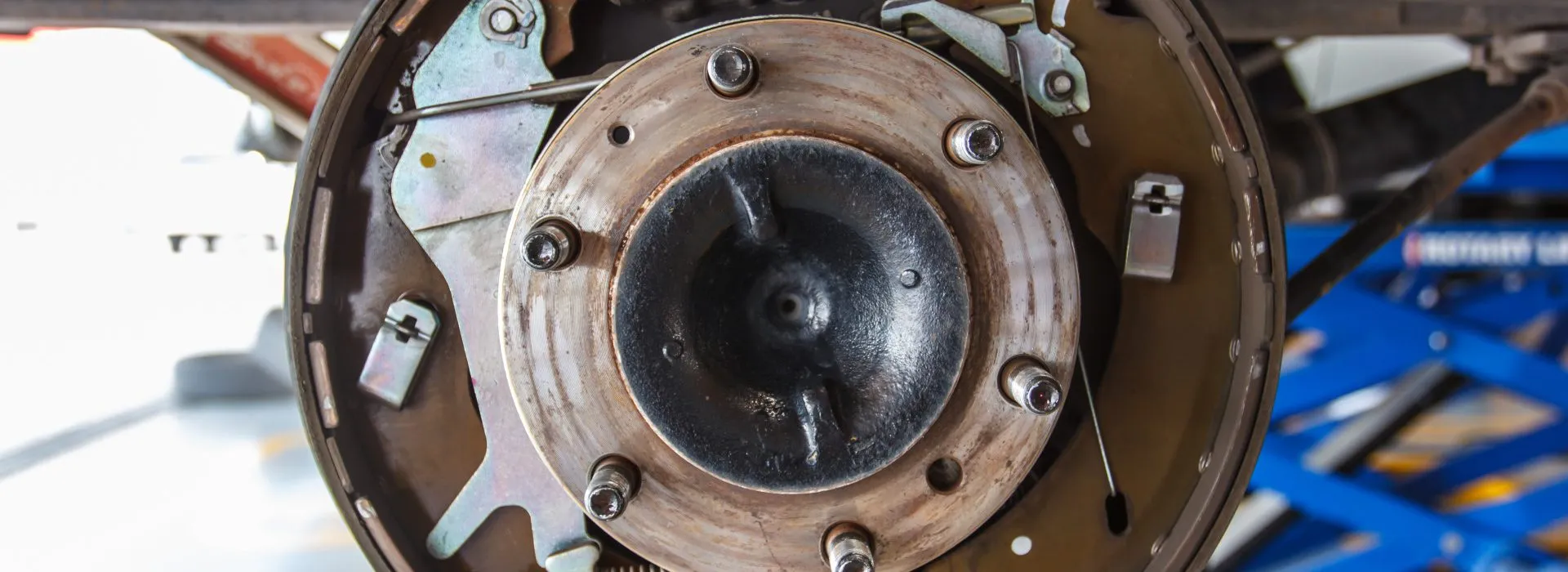
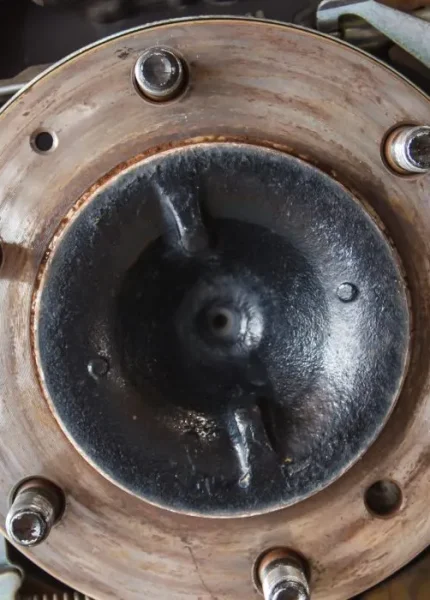
Home . Brakes Repair . Hand Brake Repair
Hand Brake Repair Prices
All prices are quoted excluding 5% VAT, which will be added at the time of invoicing.
Video
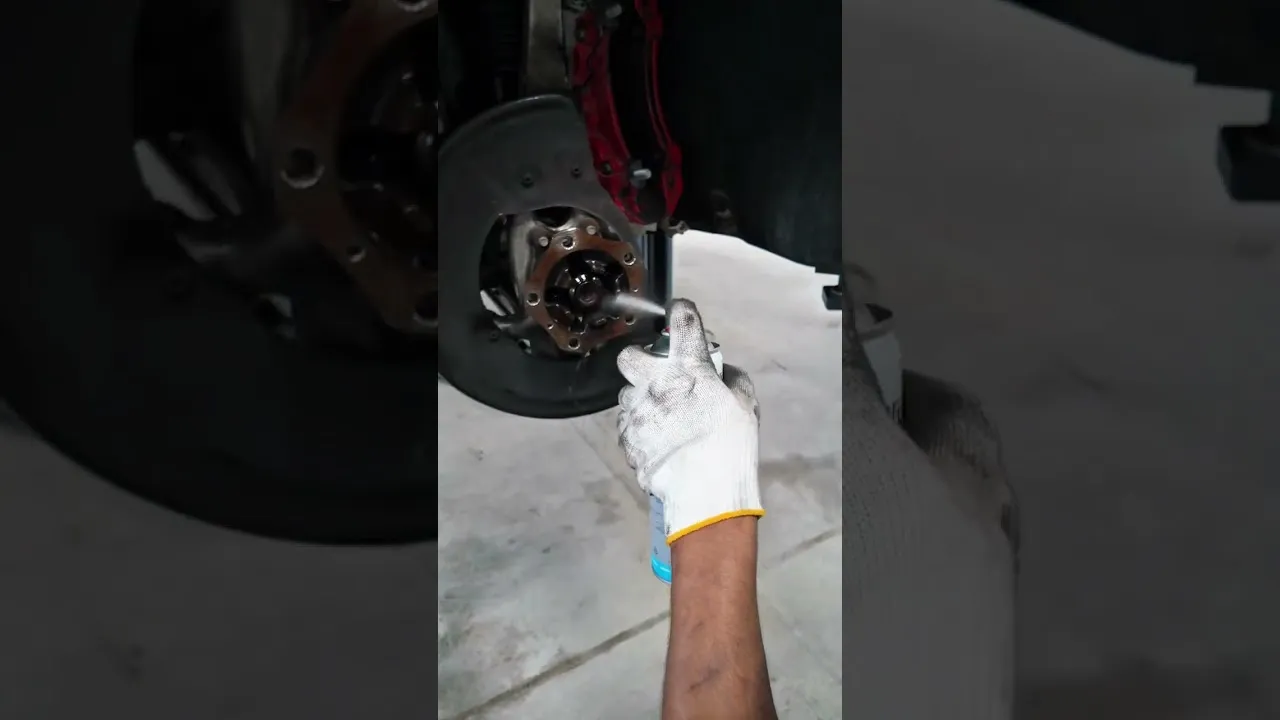



Gallery
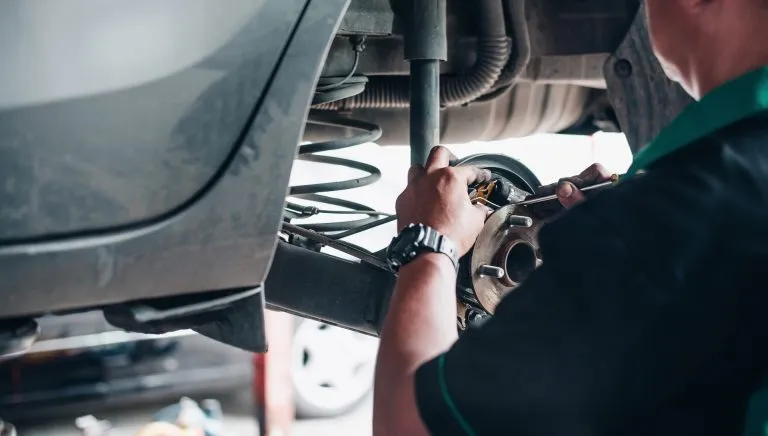
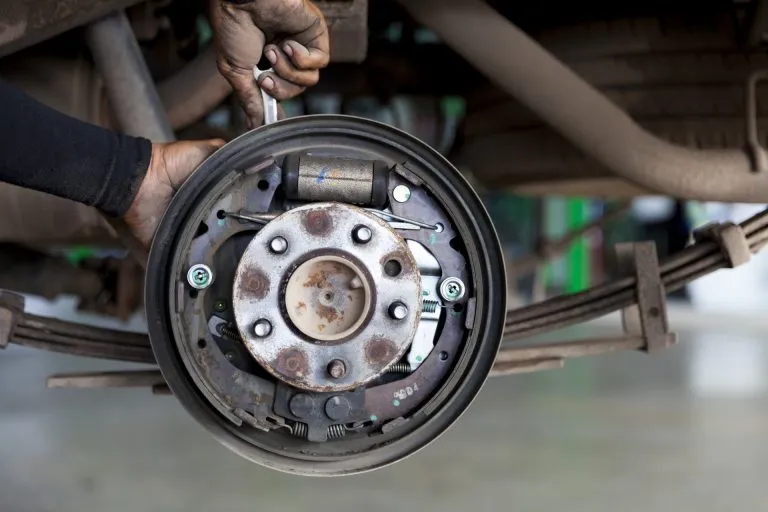
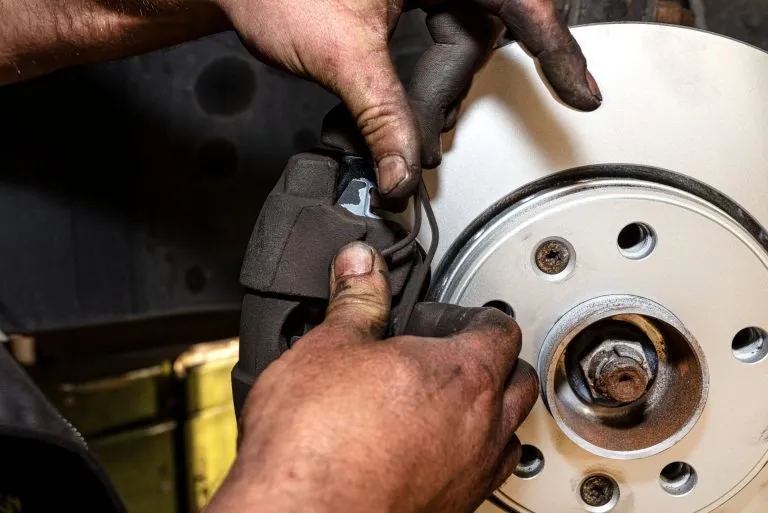
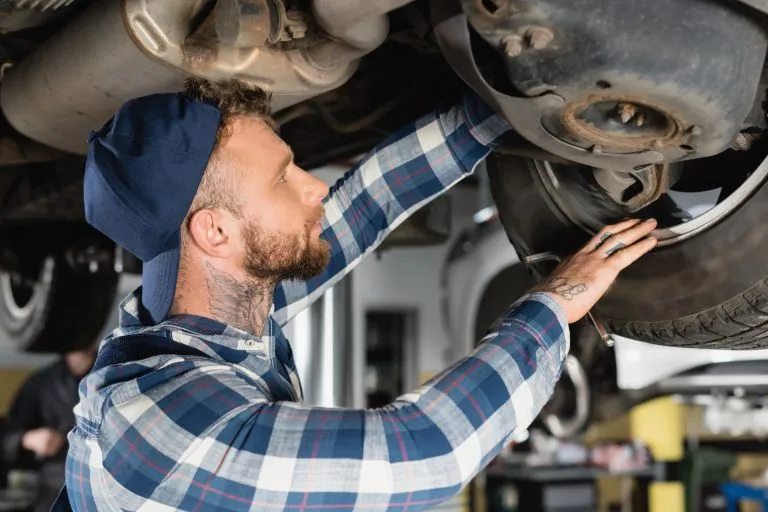
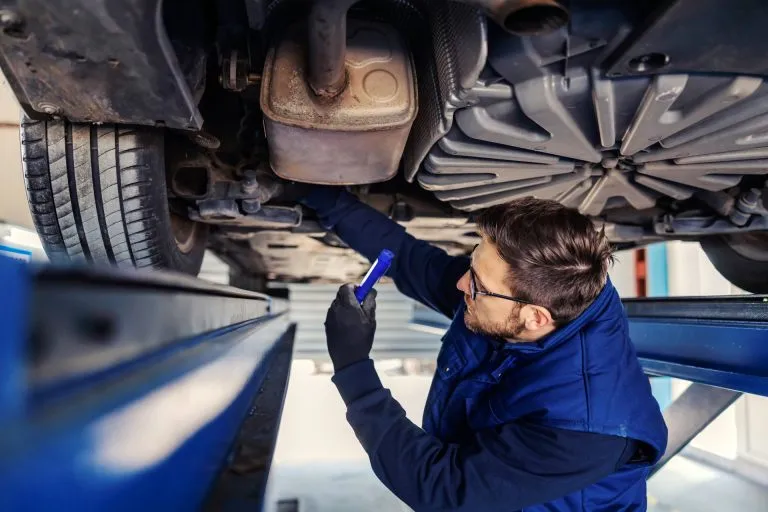

Related Services
Reviews
EXCELLENT





137 reviews

Dzhemal Shamdinov
2025-10-28
Классный большой рускоговорящий сервис
Read full review
Thasin Alam
2025-10-28
Daria Balashova
2025-10-28
Обслуживаюсь в Golden Horse Car Service — очень нравится! Всё делают быстро, аккуратно, всегда вежливые и отзывчивые администраторы. Отдельное спасибо механику Славику, настоящий профессионал! Рекомендую 👍
Read full review
Faizy Fayis
2025-10-27
Good service.
Read full review
Sergei Vasilkovskii
2025-10-25
I've been bringing my car here for the last year and have had a lot of different work done, from routine servicing to more complex repairs.
What I appreciate most is their commitment to quality. I'll be honest, sometimes the work might take a little longer than initially estimated. But I've learned this is actually a good thing. It's not because they're slow; it's because their goal is to make it right, not just make it fast. They are thorough, meticulous, and would rather spend the extra time to double-check their work and ensure the repair is perfect before handing the keys back.
It's rare to find a garage this honest and dedicated. I have complete peace of mind knowing my car is in their hands. Highly recommended!
Read full review
Rider Brend
2025-10-25
Mohammed Azzawi
2025-10-25
they check my car bmw3. excellent service.
Read full review
Dhiraj yadav
2025-10-24
they repaired scratch very good.thanks
Read full review
Valery Black
2025-10-23
Все отлично, сервис хороший, менеджер консультировал от самого начала до конца. Обязательно вернусь, рекомендую!
Read full review
Al Naba Car Towing
2025-10-23
Very good service. Thank you Mr Dastan. I repaired my bmw. Recommend.
Read full review
Karandeep Karan
2025-10-20
Very nice service
Thank you.
Read full review
Mahmood Mashalla
2025-10-20
بصراحة من أفضل الكراجات اللي تعاملت معهم! خدمتهم ممتازة وتعاملهم راقٍ جدًا. سلمت لهم سيارتي جاغوار وكان الشغل احترافي من كل النواحي — دقة في العمل، سرعة في الإنجاز، واهتمام بالتفاصيل. الأسعار مناسبة مقارنة بالجودة العالية.
أنصح الجميع بالتعامل معهم بدون تردد 👌🚗
Read full review
Javed Husain
2025-10-17
Good service.
Read full review
Vaibhav Singh
2025-10-11
Andre Thedr
2025-10-11
Good service, professional staff, and reasonable prices
Read full review
Viktor Zaytsev
2025-10-10
⭐️⭐️⭐️⭐️⭐️
Хочу поблагодарить компанию Golden Horse Car Service за отличную работу!
У меня на Audi A6 2014 после короткого замыкания перестали работать кондиционер, сигнал и подсветка в салоне. В другом сервисе сказали, что нужно менять компрессор кондиционера, но в Golden Horse ребята нашли настоящую причину — сгоревший предохранитель, который питает блок комфорта.
Отдельное спасибо приёмщику Бекзоду за внимательное отношение и отличную коммуникацию, и Алишеру за профессиональную диагностику — настоящий специалист своего дела!
Сервис очень понравился: честно, быстро и по делу. Рекомендую всем, кто ищет настоящих автоэлектриков в Дубае.
Read full review
E Al
2025-10-06
Efficient, well priced and polite. Did a great job fixing my Hyundai Tucson paintwork after neighbour knocked it parking, looks brand new. Have already recommended them to others.
Read full review
Linu Rajan
2025-10-05
derick onyango
2025-10-04
The place is super clean
Read full review
derick onyango
2025-10-03
Team

Nail
Diagnostic Technician

Maxim
Detailing

Pavel
Detailing

Viktor
Auto Body Repair Technician

Sergei
Parts Specialist

Vyacheslav Tikhonov
Auto mechanic

Bekzod Kuchkarov
Service advisor

Aleksandr Rodichev
Technical Director

Maksim Galuev
Administrator
FAQ
Q1. What are the signs that my hand brake needs repair?
Look for weak holding power, a high brake lever position, or a lack of resistance when lifting the lever. If your vehicle rolls after applying the hand brake, it’s time for a repair.
Q2. What is the cost of hand brake repair in Dubai?
The cost of hand brake repair in Dubai typically ranges from AED 300 to AED 1,200, depending on the specific issues and parts required. For a more accurate quote, please call us or bring your vehicle to our service center for a diagnostic inspection.
Q3. How long does the hand brake repair process take?
Repair work can be completed in most cases within hours, depending on the amount of work required. Our technicians attempt to offer quick service without compromising on quality.
Q4. Can I continue driving with a faulty hand brake?
You are better off not driving your vehicle if your hand brake is faulty because it will be highly dangerous for your safety. If by any chance you realize that there's a defect, please engage experts at the earliest moment.
Q5. Do you offer hand brake repair services for all car brands?
Yes, we fix hand brakes for the majority of car makes. We employ mechanics that are experienced in fixing various makes and models.
Q6. What warranties do you provide on the repair work done?
We stand behind our work and provide part and labor warranties. Warranty details can be explained to you at the time of your service visit.
Q7. Do I need to schedule an appointment for hand brake repair in advance?
We do have walk-in customers but highly recommend booking to get faster service with the added benefit of pre-booking a slot in our hectic schedule. Booking is convenient online, or you may leave a voice message over the phone, and we will call you back accordingly.
Book An Appointment
The handbrake, also known as the parking brake or emergency brake, is an important component of overall car’s braking system. It’s often used to hold your vehicle stationary when parked, especially on slopes or uneven surfaces. It also serves as a backup emergency mechanism in case the main brakes fail, helping to ensure optimal performance and safety on the road. Because of the importance of the handbrake system in maintaining control and stability, any problems with it should never be ignored.
Causes of Emergency Brake Failures
The vehicle's handbrake system can fail for several reasons, often related to wear, damage, or lack of maintenance.
- Worn or stretched brake cables: Over time, the emergency brake cables that connect the hand brake lever to the rear brakes can stretch, corrode, or fray. This reduces tension in the system, causing the brake to lose its grip and fail to hold the vehicle securely.
- Damaged or maladjusted brake pads or shoes: The brake shoes, in drum brakes, or pads, in disc brakes, that engage when the parking brake is applied may wear unevenly or become damaged. If they don’t contact the drum or rotor properly, the emergency brake won’t work effectively.
- Corrosion and rust: Exposure to moisture and road salt can cause rust to build up on cables, levers, and brake components. Corrosion may lead to seized cables or a hand brake mechanism that doesn’t move freely, preventing the brake from engaging fully.
- Faulty lever: The emergency brake lever itself can wear out, with springs or ratchets failing to hold the brake in place. This can cause the lever to feel loose or slip back when pulled.
- Hydraulic system issues (for some models): In vehicles with electronic or hydraulic parking brakes, problems such as fluid leaks, motor failure, or electrical faults can lead to the emergency brake malfunctioning.
- Lack of regular maintenance: Failure to inspect and adjust the hand brake system regularly can result in gradual degradation and unexpected failure.
Symptoms of Handbrake Issues
Recognizing the signs of problems with your handbrake is crucial for ensuring the vehicle's safety and preventing potential accidents.
- Weak grip or poor holding: One of the most alarming signs of a faulty emergency brake is when the car rolls even with it engaged. If your vehicle moves backwards or shifts slightly on a slope, you should inspect the handbrake immediately.
- Higher position of the brake pedal: If you find that you have to push the handbrake lever very hard to park your car, it’s a sign that something may be wrong with the braking system. The parking brake lever should not require excessive force to engage.
- Lack of resistance when lifting the lever. Another cause for concern is when the emergency brake lever can be pulled easily with little to no resistance. This usually indicates that the internal mechanism is worn out or the cables have stretched, which can significantly reduce the brake’s effectiveness.
- Car rolls when parked: One of the most serious symptoms, if your car moves even when the handbrake is applied, it’s a clear sign the brake isn’t holding properly and needs urgent attention.
- Warning light stays on: A persistent handbrake or brake system warning light on the dashboard may indicate low brake fluid, a sensor issue, or a malfunction in the handbrake mechanism.
- Unusual noises: Grinding, scraping, or clicking noises when using the handbrake can result from rusted cables, broken parts, or worn-out brake pads or shoes.
- Uneven braking: If your car pulls to one side when the handbrake is applied, it may indicate uneven wear or malfunction in one side of the rear braking system.
Hand Brake Repair Process
The hand brake repair process begins with a thorough diagnosis of the brake system to identify any underlying issues that may affect its performance and safety.
- Diagnosing the brake system. The first step in any repair is an accurate diagnosis of the brake system. Experienced mechanics will inspect everything from the handbrake lever to the cables and brake pads to identify any faults.
- Identifying the fault: A Specialist tests the hand brake’s effectiveness by engaging it and observing how well it holds the car. They also check for excessive lever travel, resistance, or sticking, and use diagnostic tools if the system is electronic or includes warning sensors.
- Removing the wheels and brake components: To reach the handbrake assembly, the rear wheels are removed. This allows inspection of the rear brake calipers or drums, where the handbrake mechanism is located.
- Repair or replacement of parts: Depending on the issues with the handbrake, the following parts may be repaired or replaced: the cables if they are stretched, worn, or obstructed, brake calipers or pads, the lever mechanism if it fails to engage or lock properly, and any faulty electronic components.
- Adjusting the brake and final safety check: After repairs, the system is carefully adjusted to ensure proper tension. The lever should engage within the correct number of clicks and securely hold the car in place without requiring excessive force. The entire system is then tested under various conditions to confirm reliable performance and safety for peace of mind.
Why Choose Golden Horse for Your Car’s Hand Brake Professional Repair
Our service stands out for its dedication to quality and reliability, ensuring that your vehicle is safe and dependable on the road.
- Quality and reliability. Here we use only high-quality parts and professional equipment to deliver lasting results.
- Time efficiency: Our experienced technicians work smartly and efficiently, minimizing downtime.
- Ease and Accessibility: We offer flexible appointment times and an easy-to-use online booking system, making hand brake repair more convenient for your schedule.
- Experienced Mechanics: Our team includes experienced specialists who notice any issues and handle them with precision and care.
Hand Brake Maintenance Tips
Regular handbrake maintenance is important for the longevity of your hand brake, and scheduling component replacements can help you prevent costly failures and ensure optimal performance.
- Scheduled component replacement. Inspect the hand brake regularly for signs of wear or damage. Components like brake shoes, springs, and cables naturally degrade, and if left unchecked, they may lead to a loose hand brake or a problem with the cable. If your hand brake feels loose, offers less resistance when you pull, or the hand brake lever is higher than usual, you may need a handbrake adjustment to restore proper tension.
- Listen for unusual noises: Grinding, squeaking, or snapping sounds when engaging or releasing the hand brake can indicate problems. Don’t ignore these warning signs, have them checked right away.
- Practice good driving habits. Proper use of the hand brake can extend its lifespan. Always engage the hand brake when parking, especially on slopes. Avoid relying solely on the foot brake to hold your car in place. This reduces strain on the hand brake system and helps it function more efficiently.
- Inspect for wear and tear: Periodically check the hand brake lever, cable tension, and surrounding parts for signs of wear, rust, or fraying. Early detection of issues helps avoid complete failure.
- Avoid over-pulling the lever: Applying excessive force when pulling the hand brake can damage internal components. Use firm but controlled pressure to avoid stretching the cable or damaging the lever.
- Protect against rust and corrosion: Humidity or road salt, rust can affect cables and mechanical parts. Regular cleaning and proper lubrication help prevent corrosion.
As part of routine car maintenance, make sure you check the handbrake function and tension regularly. Replacing worn parts with a new brake setup when necessary will keep everything working as intended.
Book Your Hand Brake Repair in Dubai Today
Don’t take any chances – book your hand brake repair in Dubai today! It’s important to adjust the handbrake regularly and lubricate its components to maintain optimal performance and avoid any issues that may cause the hand brake to malfunction, and timely car repair brakes can further ensure your safety on the road.
Our conveniently located service center provides fast and reliable repairs to get your hand brake working properly again. With online booking, scheduling your service is quick and easy. Simply select your preferred date and time, and we'll take care of the rest. Keep your car safe, get it repaired before the handbrake problems cause any safety concerns.
At Golden Horse Car Service, we understand that wellbeing extends beyond just your vehicle’s performance.



